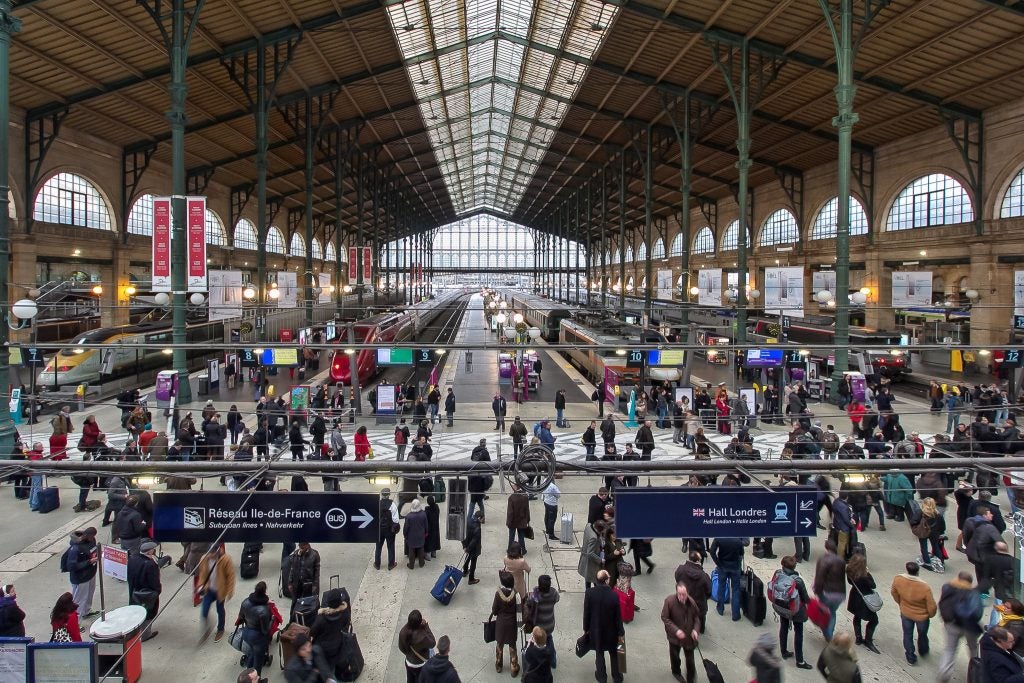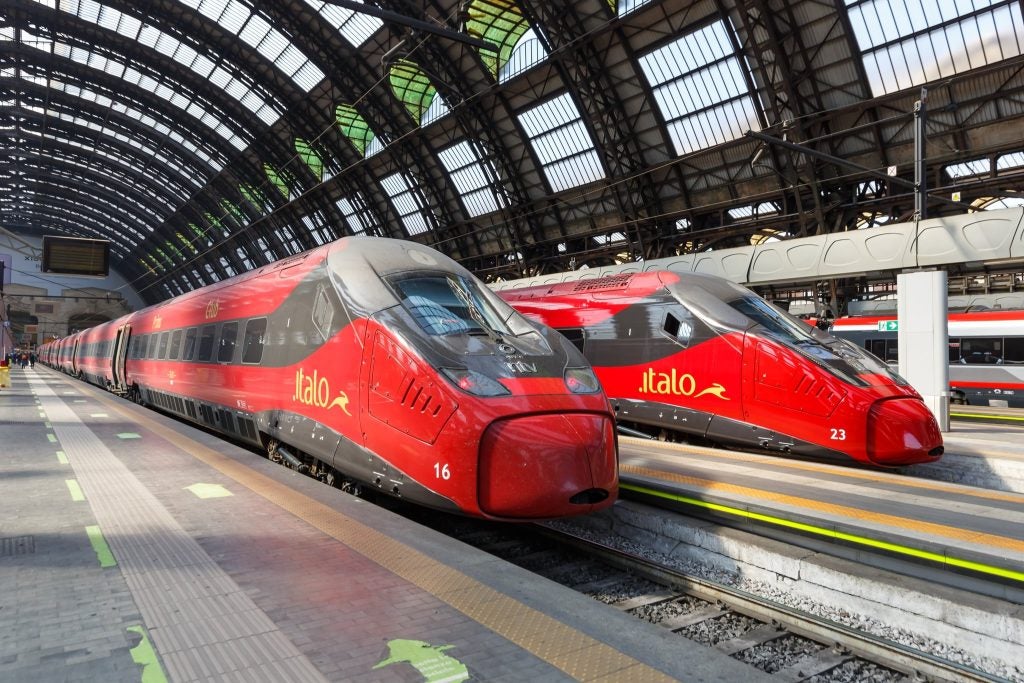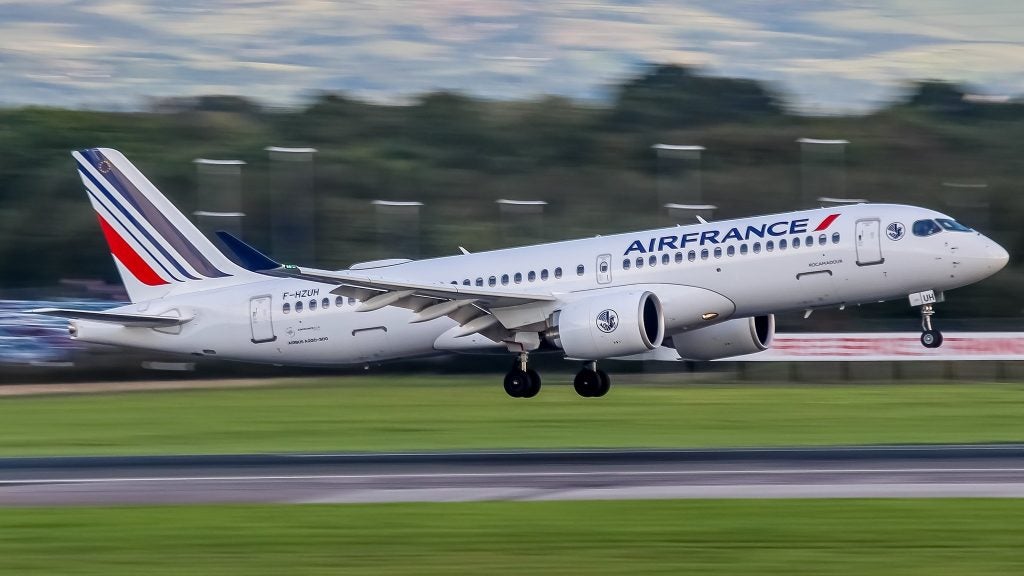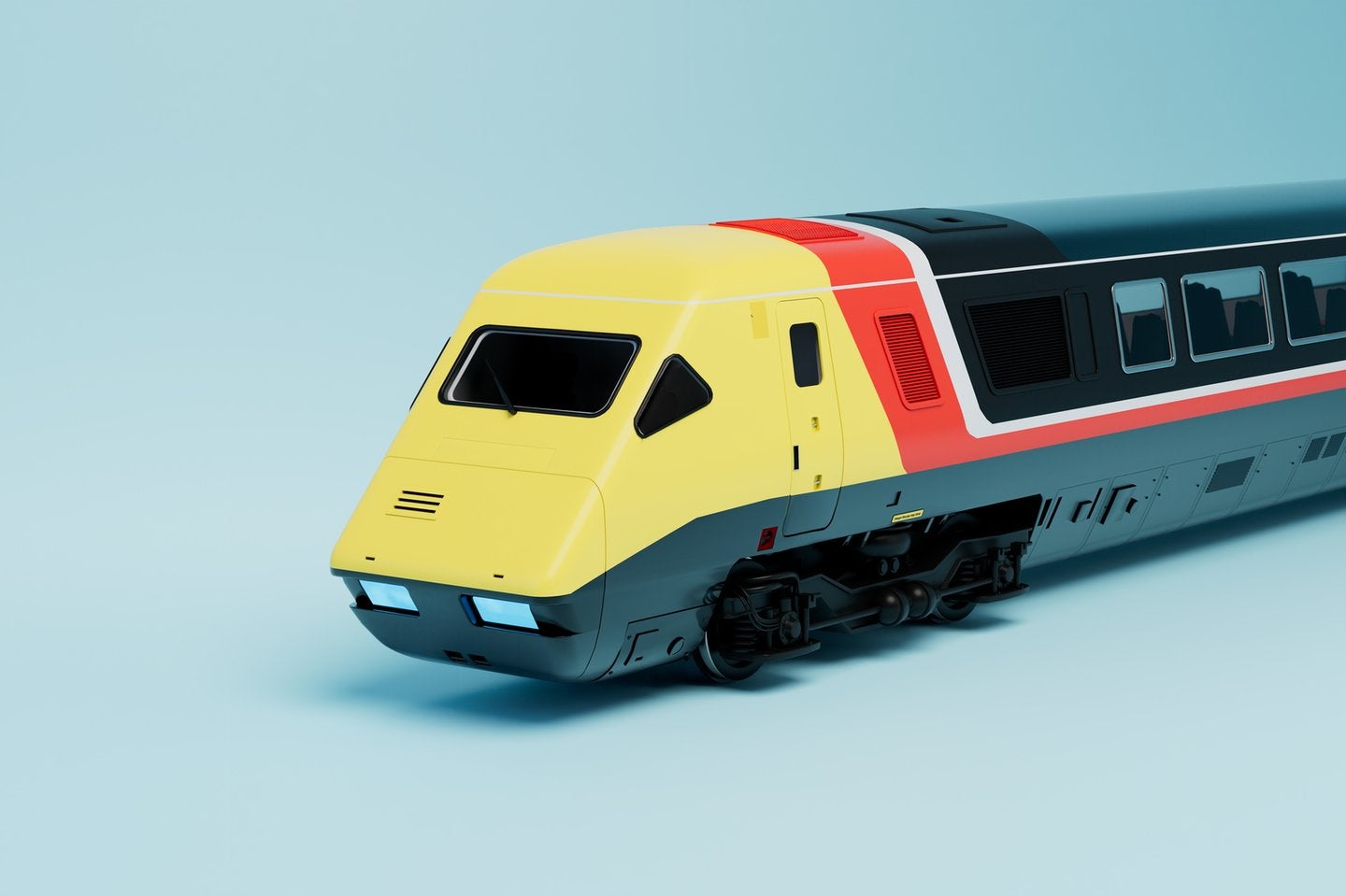This year – or 3 July 2023 to be precise – the average global air temperature reached a sweltering 17.01°C, breaking the world’s record for the hottest temperature ever recorded.
Then, the very next day, we did it again.
Within just 24 hours the bar was pushed even higher, setting the record at 17.18°C. In fact, chances are good that by the time you read this, the latest record will have been broken several times over.
If this isn’t a wake-up call to the climate crisis, then what is?

Action is needed. And although there is no single solution, the push is now to move to greener alternatives wherever possible – and travel is one area in which change can be made almost immediately.
Air travel accounts for 2.5% of global CO2 emissions – being able to make any cut to this number would help. Rail is the natural alternative, emitting an average of six times fewer emissions per passenger.
Though some air travel will always be necessary, cutting the number of passengers taking domestic and short-haul flights could be a critical factor in slowing down the climate crisis.
The route forward is obvious – we need to affect a modal shift in society’s travel plans, pushing passengers to make greener decisions by choosing trains over planes. This, however, is easier said than done.
It’s not easy being green
Our own study found that only around half of travellers in Europe felt that environmental sustainability was an important factor in their decision about which mode of transport to take.
When asked about which features would differentiate train providers, travellers deemed sustainability initiatives, such as carbon tracking and carbon offsets, to be the least important factor in their decision-making, behind pre-travel train information and the ability to make cost comparisons.
While travellers believe in green initiatives on a macro level, when it comes to their own travel requirements they quite understandably care most about cost, quality, and convenience.

This means that, despite being the more sustainable and environmentally safe option, trains are second to air when it comes to the travel choices of Europe’s passengers.
Driving a modal shift from plane to train travel is about more than touting its green credentials – instead, the rail industry must deliver a comparable product that can compete with the affordability, travel time, and experience of air travel.
The answer, we believe, lies in high-speed rail lines and, most crucially, how they are operated.
Making an offer passengers can’t refuse
Firstly, high-speed rail can address the perceived issues of travel time. When it comes to the raw journey time, rail will never compete with air travel.
But, in terms of total travel time, the ease of boarding and disembarking a train (in which the departure and arrival stations are typically located in the city or town centres) versus the travel to and from airports (usually outside the city outskirts), as well as the time going through security, mean that in many instances trains are quicker than planes.
With the addition of further high-speed rail lines, journey times will continue to tumble.
Already we have seen the impact of high-speed rail: when the Madrid to Barcelona route added high-speed rail services, the number of passengers choosing rail over planes jumped from a mere 12% to nearly half (48%).
If rail wants to compete with air in terms of affordability and quality of experience, then it must open its high-speed rail lines for competition.
Similar gains were also seen in Italy where the addition of high-speed rail to the route between Milan and Rome increased rail’s passenger share from 36% to 58%.
Already we have seen the impact of high-speed rail: when the Madrid to Barcelona route added high-speed rail services, the number of passengers choosing rail over planes jumped from a mere 12% to nearly half (48%).
Similar gains were also seen in Italy where the addition of high-speed rail to the route between Milan and Rome increased rail’s passenger share from 36% to 58%.
Nonetheless, high-speed rail does not address all issues – if rail wants to compete with air in terms of affordability and quality of experience, then it must open its high-speed rail lines for competition.

Once again, the numbers speak for themselves: after seeing a rise in travel with the introduction of high-speed rail on the Madrid-Barcelona route, the addition of competition boosted the line’s traveller share to a staggering 73%.
The same is true for Milan-Rome, where adding new carriers to the line boosted the passenger share from 58% to 80%. In the UK, the London to Edinburgh rail route saw an increase in passenger share from 35% to 63% because of greater competition.
Taking an average of the market share increases across these three routes, and then applying that to the other 28 European routes currently covered by high-speed rail, we estimate adding competition to these lines the industry would see an average modal shift of 50% – which would net the rail sector an estimated €1bn in additional revenue.
On an environmental level, the impact could be similarly significant: this shift could prevent up to 2.4 million tonnes of carbon emissions from entering the Earth’s atmosphere.
Modal shift: everyday accessibility
Even more critical is ensuring that when passengers are weighing up their travel options, they know exactly what choices are available.
Air travel, for example, is the default mode for most travel websites – with Booking.com and Expedia both prioritising airfare over train ticketing. Putting rail on an even footing, with comparable price options, will be a critical moment in helping passengers see it as a real option.
Still looking at expanding out the accessibility of the ticket buying experience, rail needs to become as simple as its rivals – making it as easy as possible to find the best value deals, whether through something as functions like calendar price search or through more complex split ticketing options.
Finally, the industry needs to ensure that anyone can find cheap and convenient rail travel – even if they have been left behind by the digital revolution.
This means having physical access, for example on the high street, where travellers can purchase travel tickets in advance and with the same level of detail, options, and prices that online users would expect.

These improvements will work in tandem with developments and initiatives across the wider world – France’s ban on short-haul domestic flights, for example, is a landmark in creating real, tangible change. A similar ban is in place in Austria and has previously been proposed in the Netherlands too.
Many organisations have also begun to enforce greener travel policies – at SilverRail, for example, we offer employees a ‘climate perk’ where they can claim two extra days of holiday if they are travelling to their destination via train rather than taking a flight or driving.
The Great Modal Shift is therefore in full swing – but it needs commitment and investment from the rail industry, to ensure that when passengers change their behaviour and choose the greener option, they are not being forced to sacrifice affordability, convenience, or comfort.
As an industry, we have a responsibility to our passengers, and to the planet – this is our moment to be the change we want to see in the world.
This article was originally published in our digital magazine, Future Rail. You can subscribe for free here.




